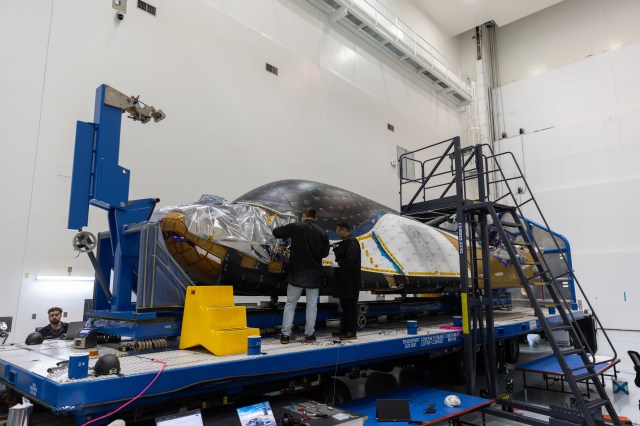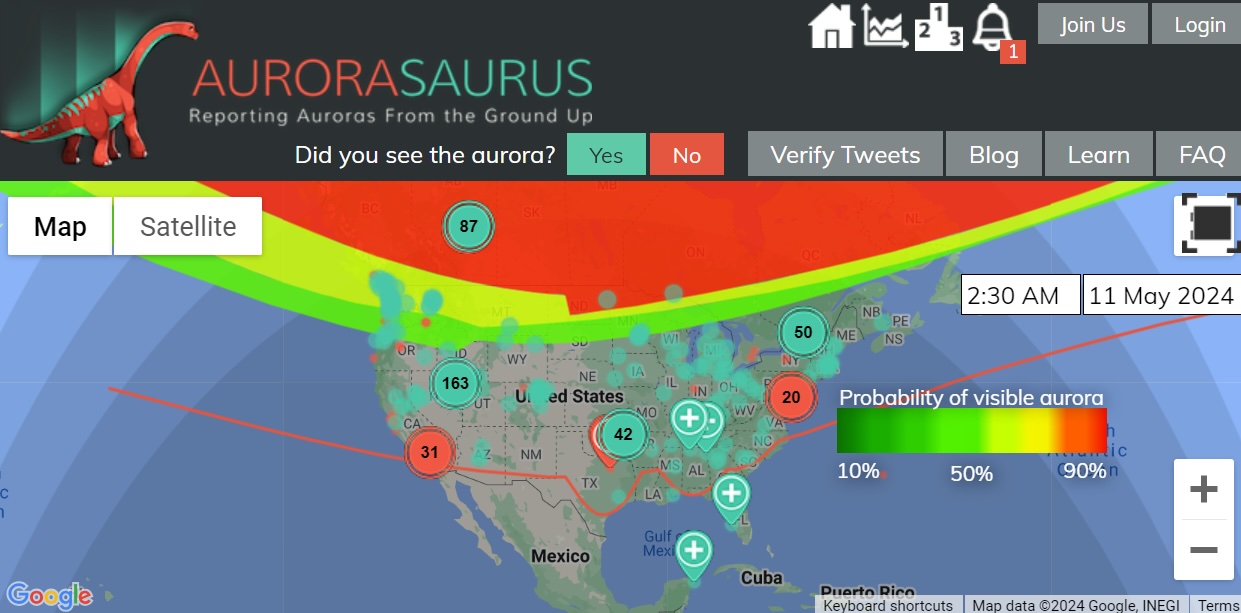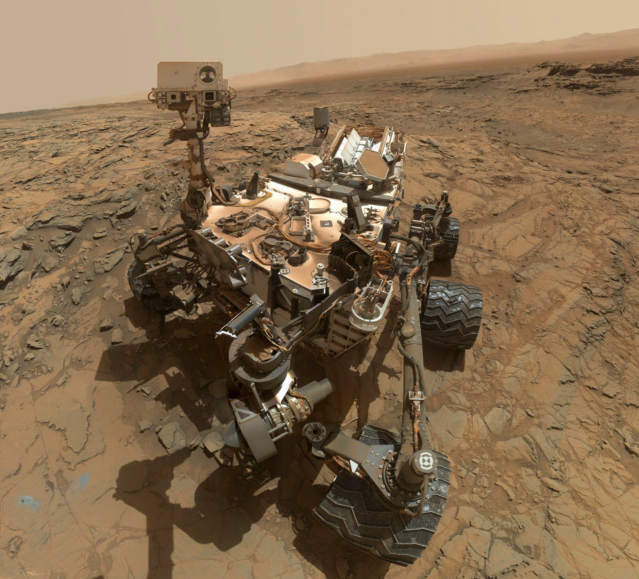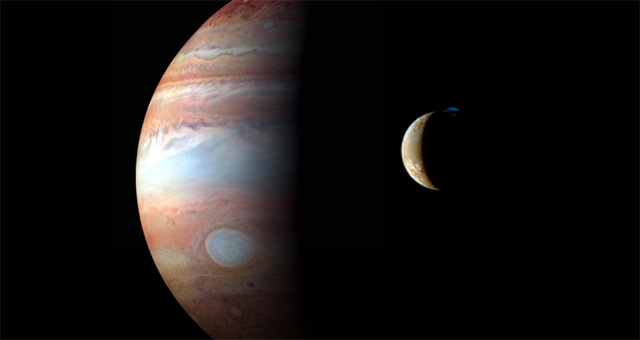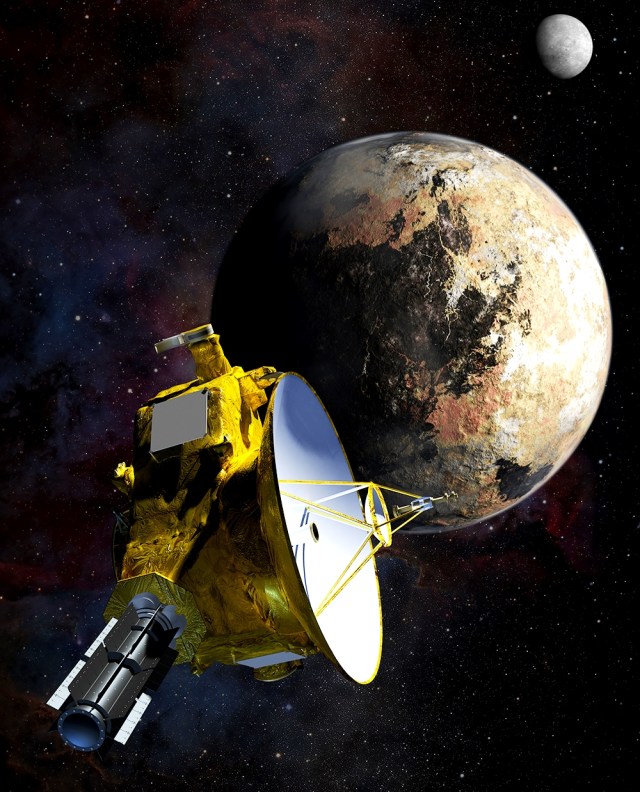About RPS
Radioisotope power systems, or RPS, provide electricity and heat that can enable spacecraft to undertake scientific missions to environments beyond the capabilities of solar power, chemical batteries and fuel cells. RPS are attached directly to a spacecraft and are sometimes referred to as a type of “nuclear battery.” Some spacecraft, like Cassini (an orbiter launched in 1997 to Saturn) run their systems directly off of the RPS, while others like the Mars Science Laboratory (a rover launched in 2011 that is currently operating on Mars) can use the RPS to charge batteries and run their systems and instruments off of stored battery power. These technologies are capable of producing electricity and heat for decades under the harsh conditions of deep space without refueling. All of these power systems, flown on twenty-three NASA missions since the 1960s, have functioned for longer than they were originally designed.
For more information go to: https://rps.nasa.gov/about-rps/overview/





